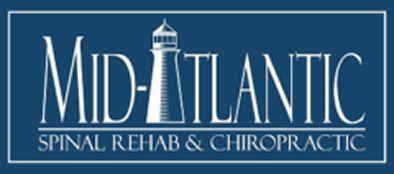Geriatric Physical Therapy
Our nation’s elderly population is susceptible to numerous age-related injuries and illnesses, such as arthritis, Alzheimer’s disease, hip and knee replacements, strokes, Parkinson’s disease, osteoporosis, and more. On top of that, one out of every four older people falls every year, with about 20 percent of these falls causing a serious injury (e.g., broken bones, head injuries, etc.). It’s likely that a similar fate could await the generations that follow.
What can be done to delay these conditions?
One of the top recommendations from medical experts is to keep our aging population as active as possible for as long as possible. Whether currently active, sedentary or recovering from an injury, geriatric physical therapy (PT) can play an important role in delaying the physical challenges of aging.
Participating in a rehabilitation program or a geriatric physical therapy program can restore people’s range of motion and functionality, reduce pain and improve their quality of life. Experienced PT professionals understand that they’re not training future Olympic athletes with a strict dietary and exercise regimen. They’re helping the elderly accomplish daily tasks and recommending exercises that can be done safely and effectively.
Specific kinds of geriatric PT include:
- Orthopedic PT: In addition to helping patients recover from orthopedic surgeries, orthopedic PT focuses on treating injuries to the musculoskeletal system. Its goal is to restore function to the patient’s muscles, bones, joints, tendons and ligaments.
- Cardiopulmonary PT: This PT aims to increase endurance for those who have had heart attacks or other cardiovascular or pulmonary conditions, like Chronic Obstructive Pulmonary Disease or pulmonary fibrosis.
- Neurological PT: This PT addresses both brain and bodily functions. Here, physical therapists teach seniors with Alzheimer’s disease, ALS (Lou Gehrig’s disease), Parkinson’s disease or brain injuries to adapt to their physical and mental limitations (visual, mobility, balance, muscle loss, etc.) so they can continue to complete their daily activities.
An increasing number of geriatric PT locations use a broad range of gentle, yet effective strategies, including stretching, light exercise, walking, hydrotherapy, massage, and more. The goal remains to make basic tasks easier for senior adults and to help them be as independent as possible.
If you or a loved one are battling age-related injuries or illnesses, perhaps you should consider geriatric physical therapy? There are many options to explore, as a professional, like the geriatric physical therapy team in Baltimore, MD at a PT rehab center like Mid-Atlantic Spinal Rehab & Chiropractor, can explain.
